Medical Evaluation
Why are moles, warts, and skin spots removed from the genitals?
In recent decades there has been a clear increase in cosmetic interventions aimed at removing moles, warts and blemishes from the body. Especially those of the genital areas, in both women and men.
The first reason for this increase has to do fundamentally with the aesthetic aspect of the genital region. Most patients detest how certain skin imperfections on their genitals ruin how they look and make them uncomfortable when having sex, especially oral sex (cunnilingus, fellatio, etc). Not to mention the fact that in some cases, warts and moles can be uncomfortable and cause pain if they are rubbed for a few minutes or with the rubbing of underwear.
The second reason is related to the medical aspect.
There is medical evidence to support the hypothesis that certain skin lesions (such as moles or warts) tend to become malignant over the years and produce major symptoms, putting the patient’s life in danger. Especially if the patient has certain risk factors such as age, genetic predisposition and the amount of UV radiation he or she may have received during his or her lifetime.
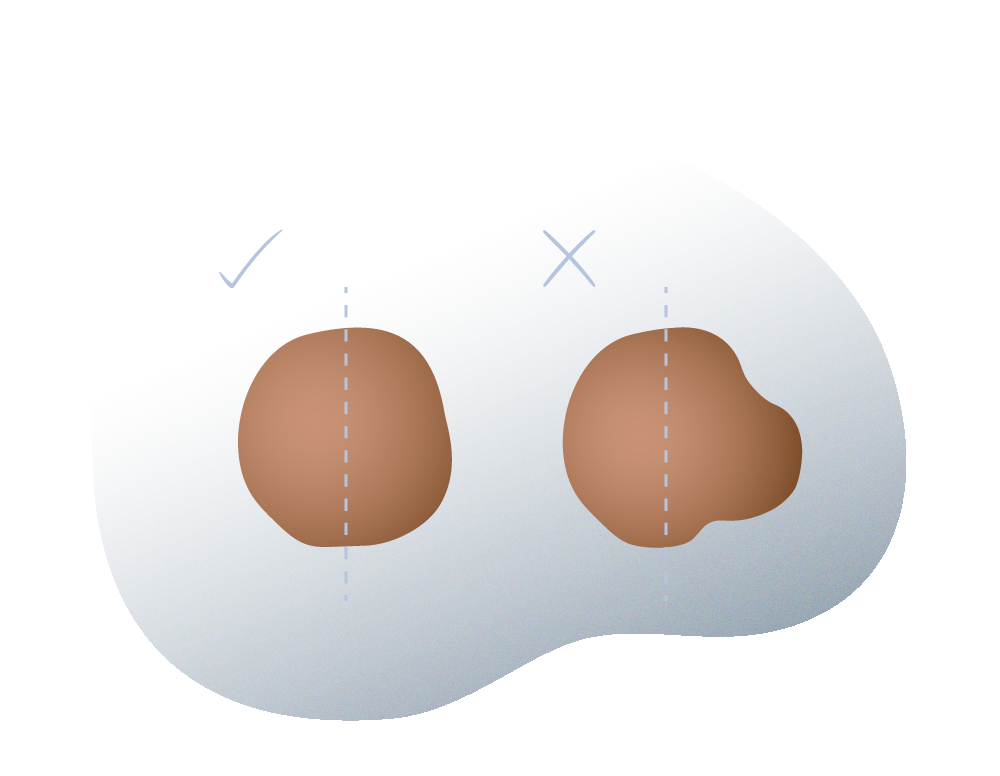
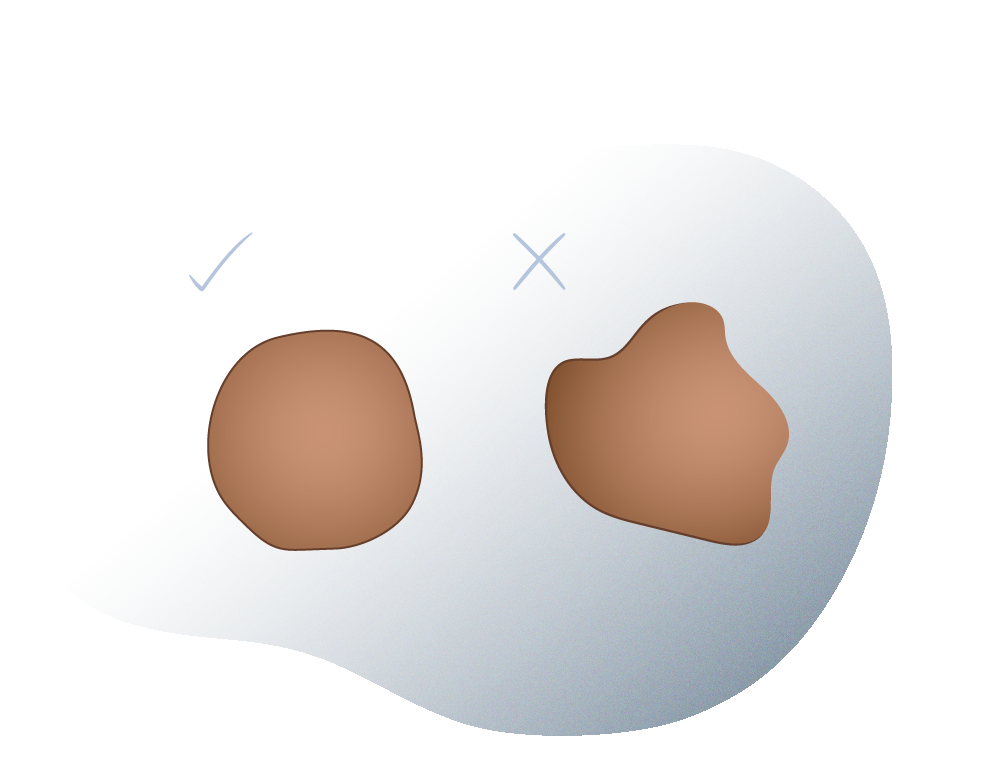
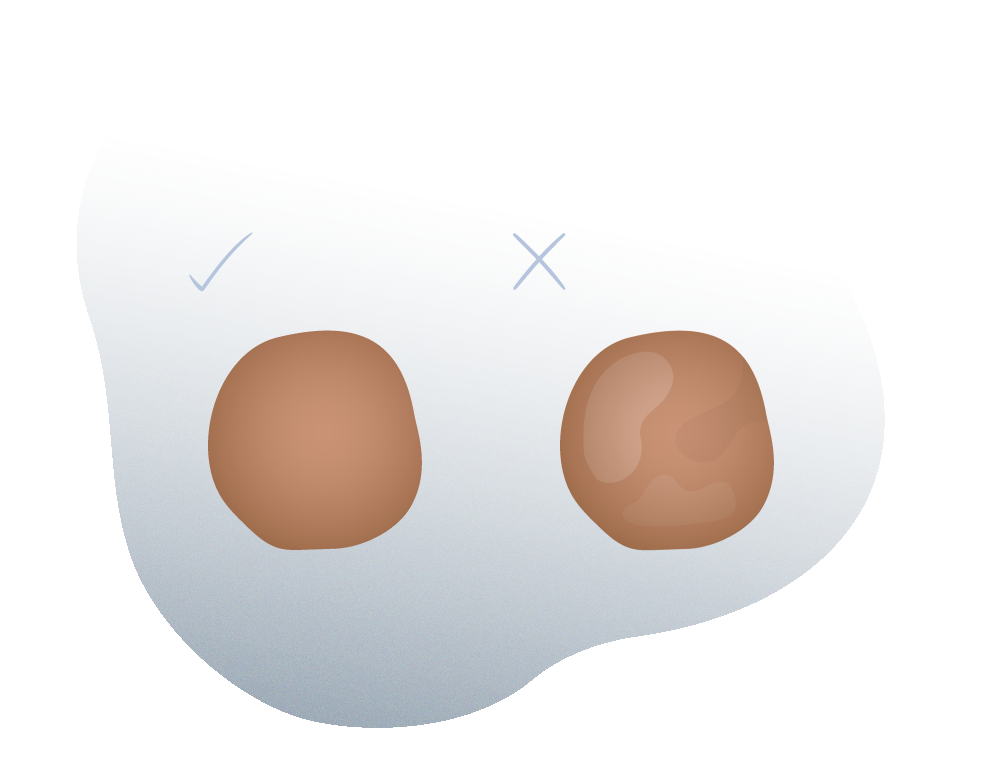
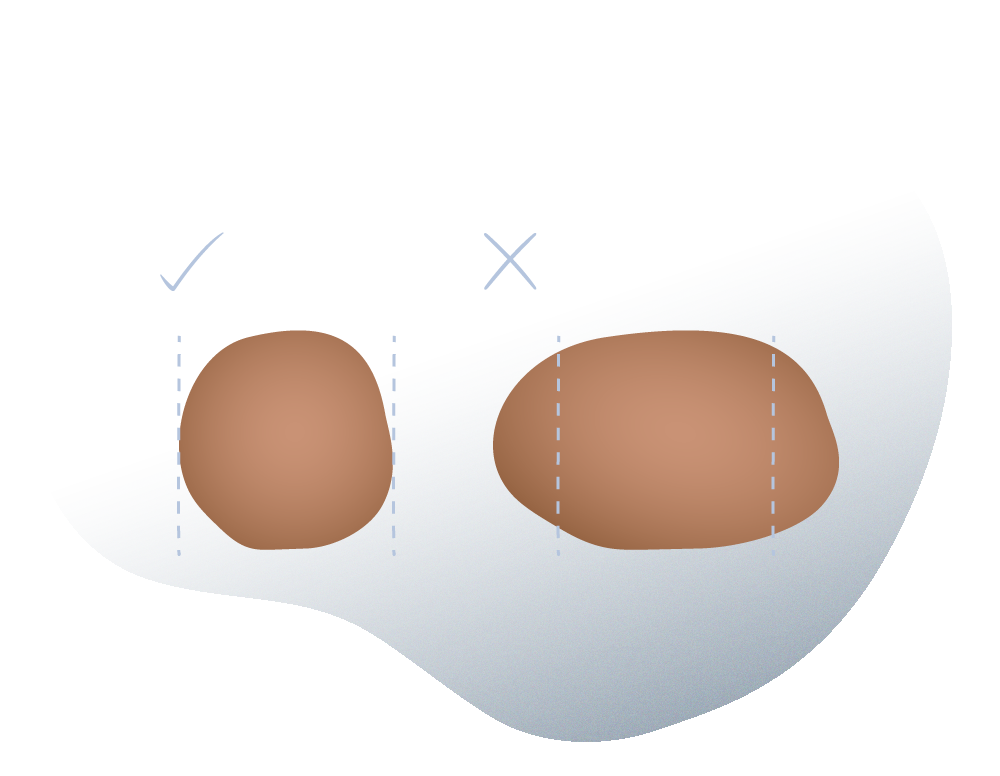
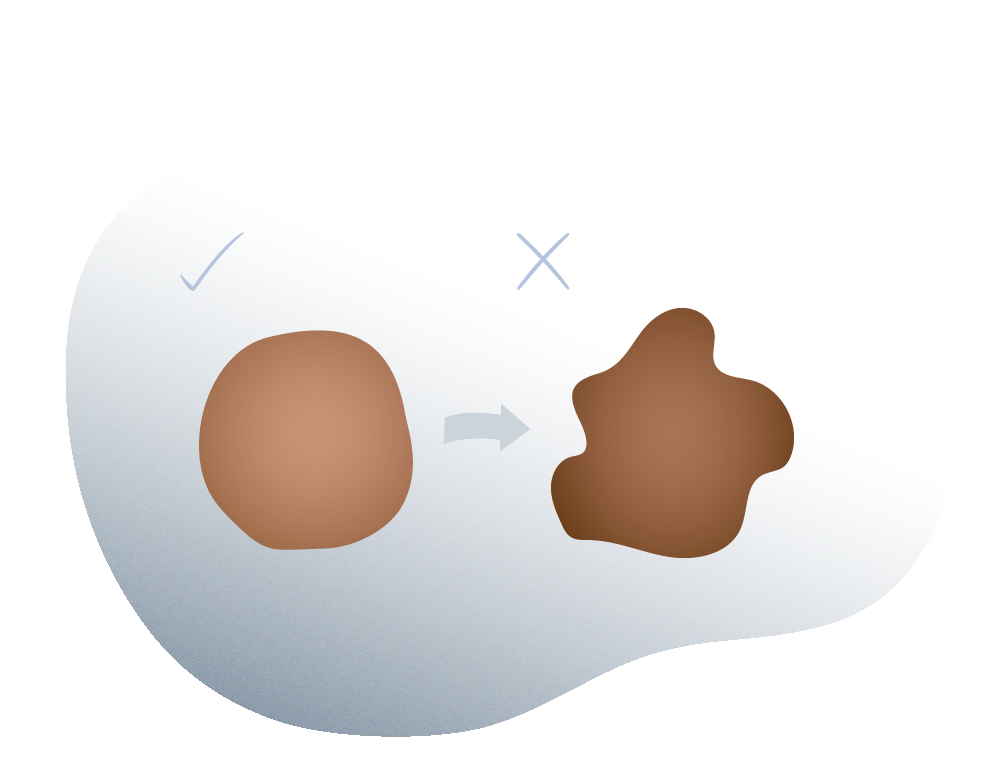
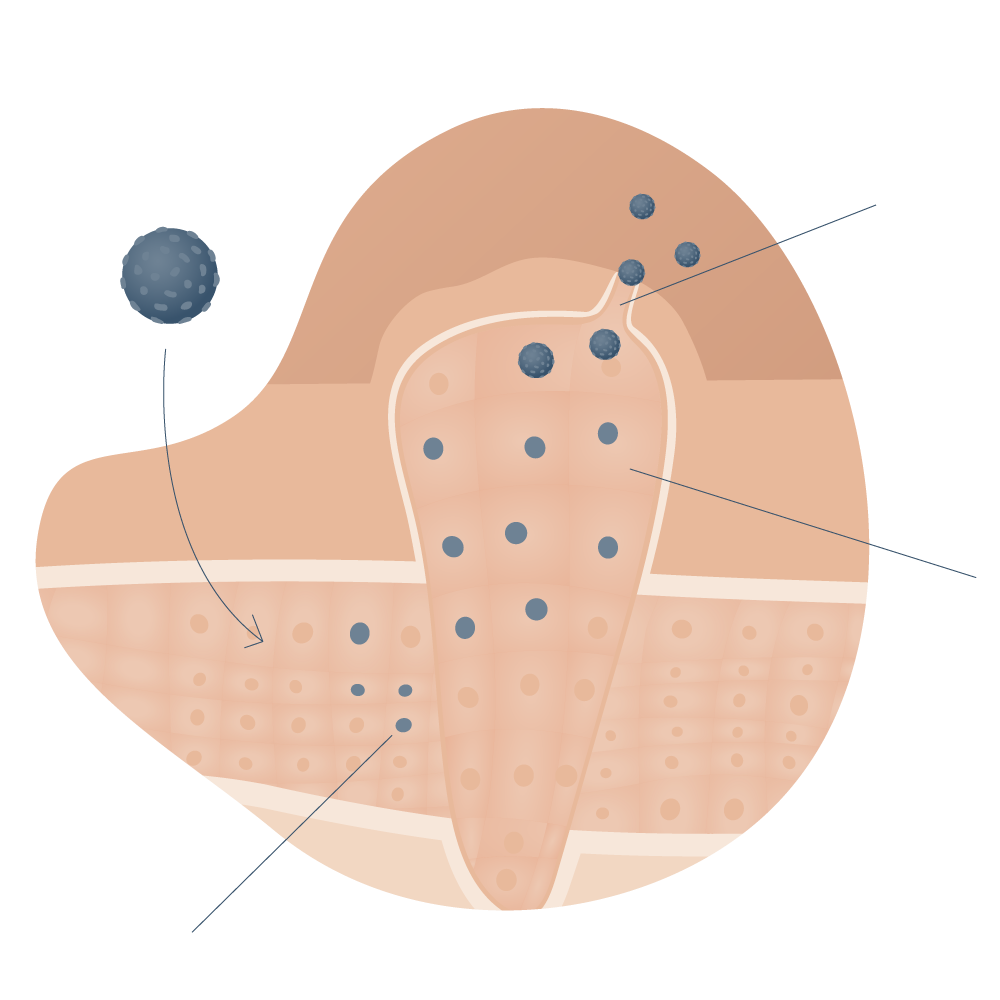
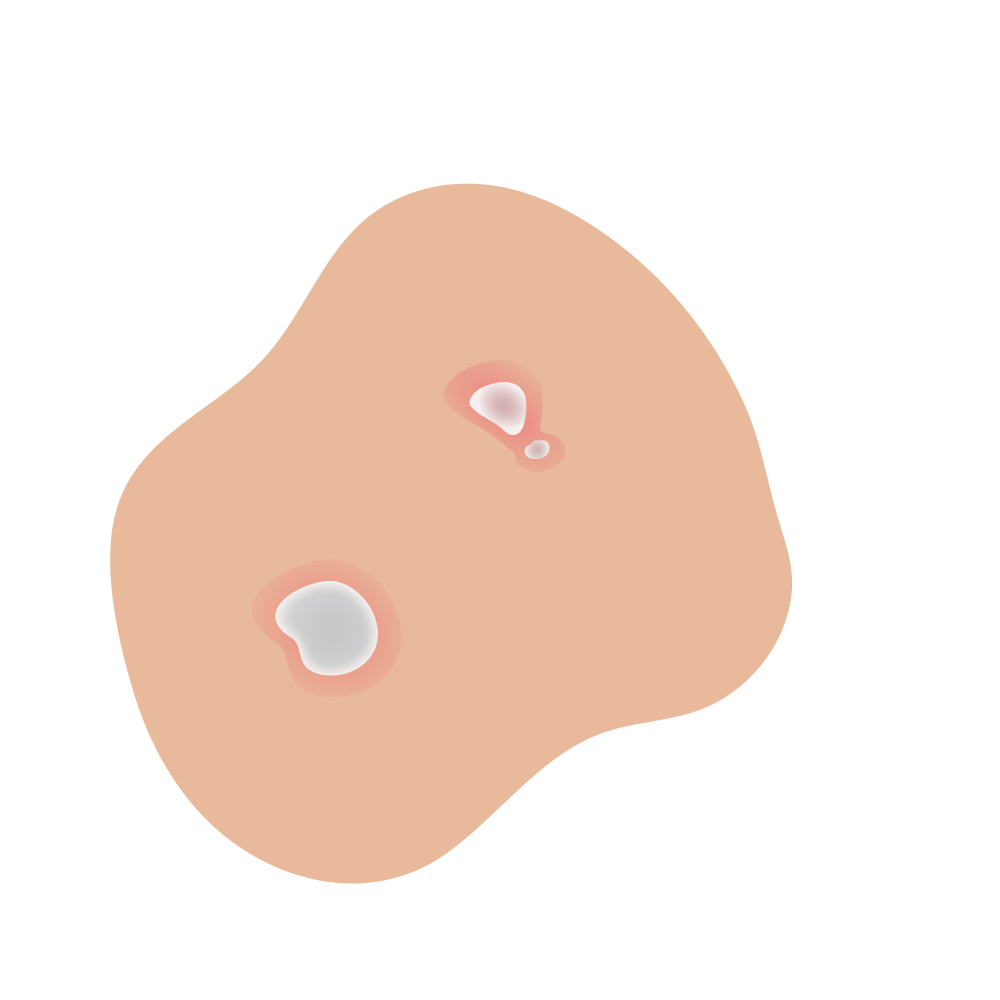
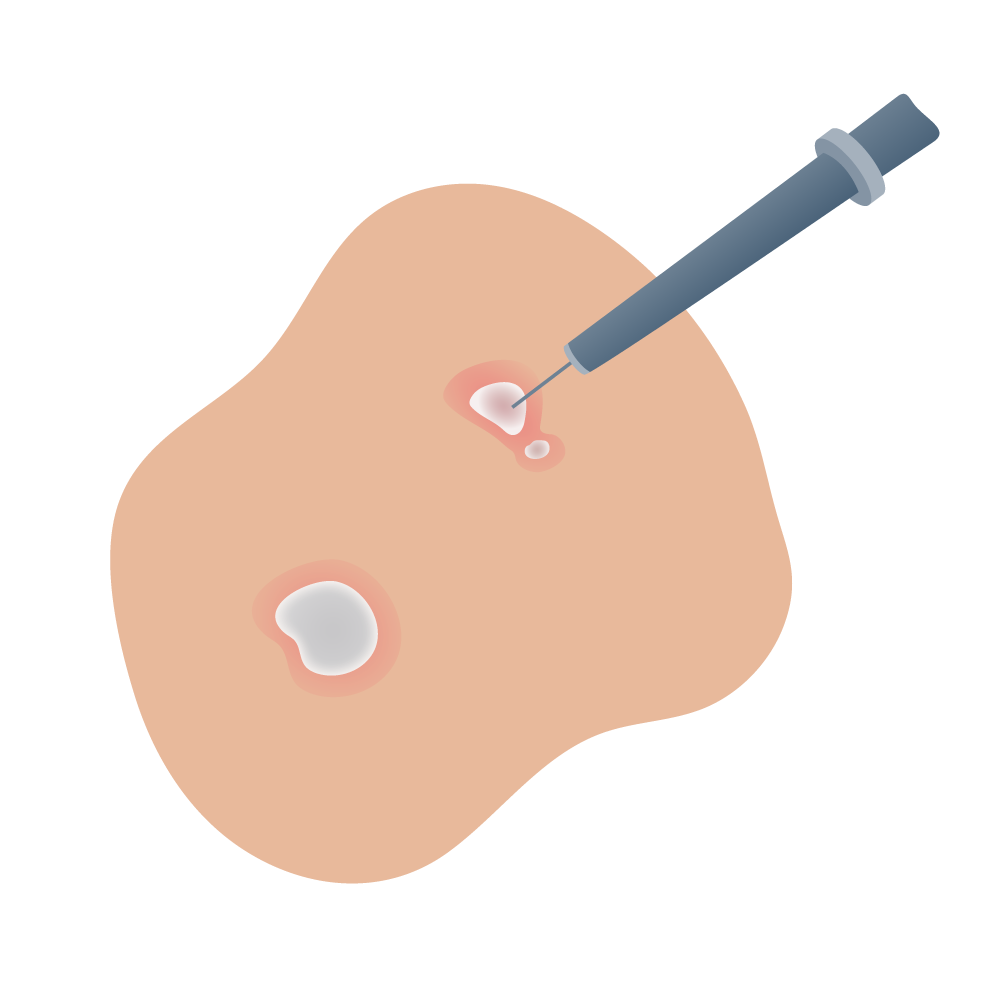
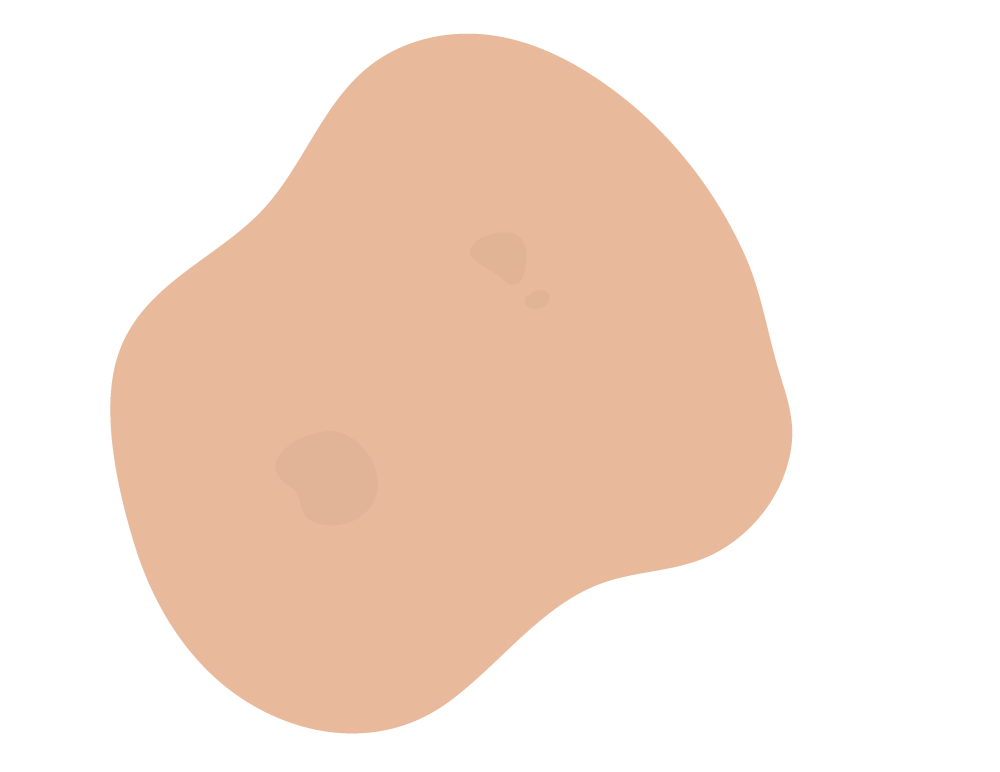
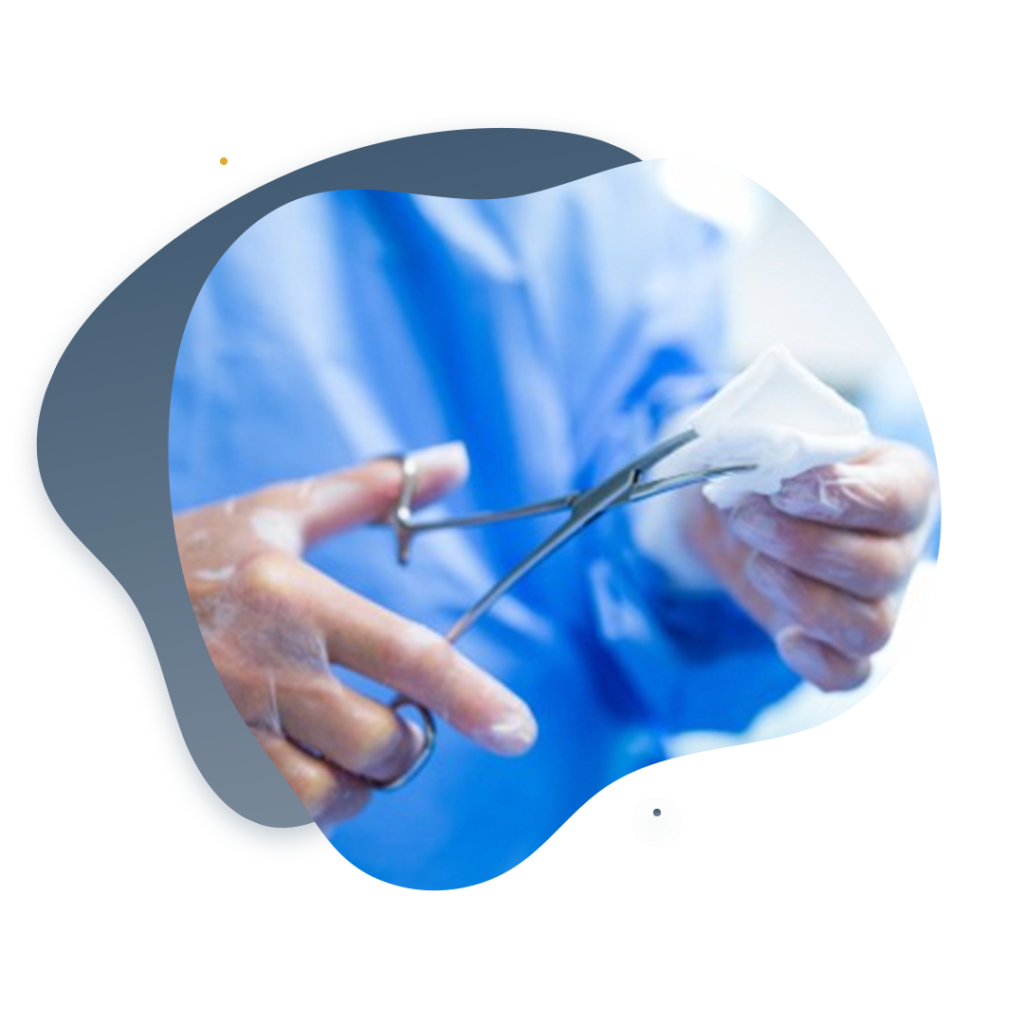
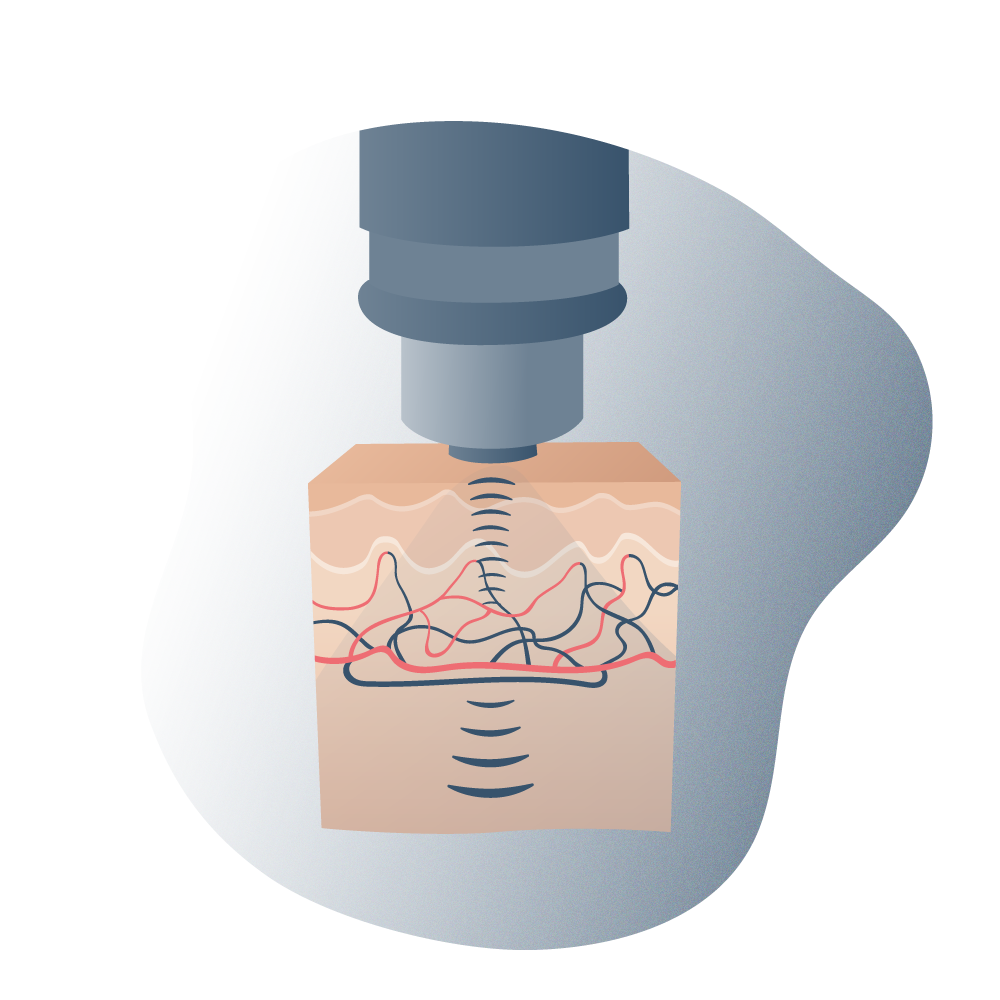
 In the days following a laser mole, wart or blemish removal treatment, the patient should watch for a number of normal skin reactions. For example, there is a slight peeling of the skin above the skin lesion, itching, and signs of irritation.
In the days following a laser mole, wart or blemish removal treatment, the patient should watch for a number of normal skin reactions. For example, there is a slight peeling of the skin above the skin lesion, itching, and signs of irritation.
Andromedi pertenece a las organizciones médicas más destacadas en el sector de la Uro-Andrología